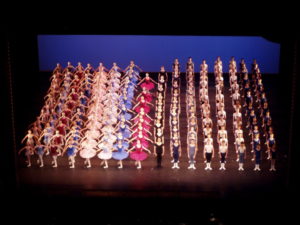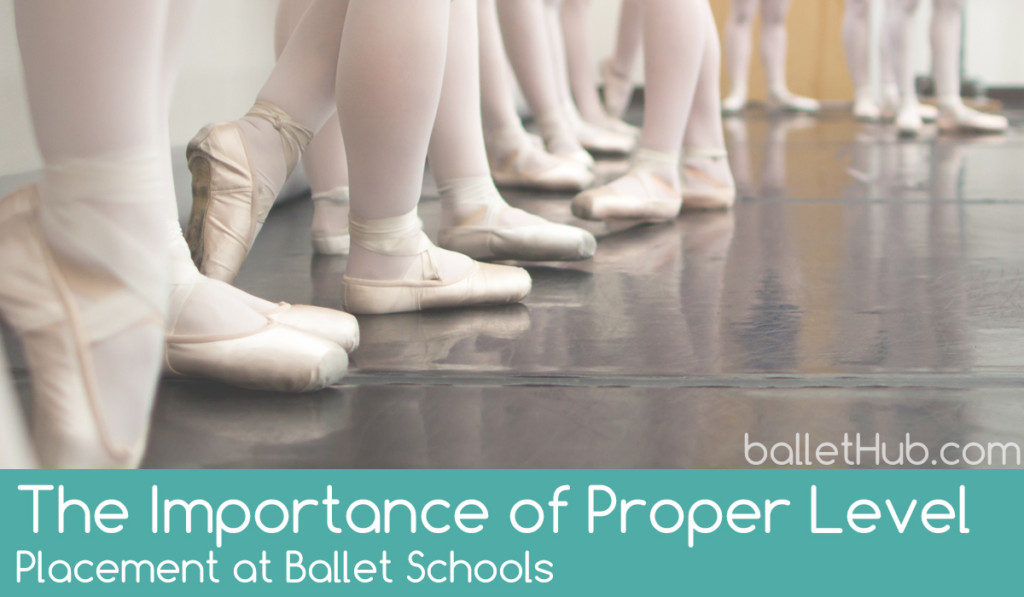Boredom in dance class is never possible if you work to your fullest potential. As both teachers and students we certainly know this fundamental truth, but it is just as important for teachers and studio owners to recognize when a student has “outgrown” their class or, even worse, when a student is placed with an age group that is much younger than they are or skill level that is lower than they dance simply because they are small or look younger than they are.
Every child in your class has their own reasons for being there. It is up to us as educators to learn what those reasons are.
I experienced this myself as a beginning student at the relatively late age of 15. Although I was a sophomore in high school I was under 5 feet tall (I still stand 4’11” today) and probably looked five years younger than I was. To make matters worse, I was very shy. I was very unsure of myself, and I didn’t know if I even had what it took to be a dancer (to begin with, I knew I didn’t have a typical dancer’s body), but I did know I wanted it more than I had ever wanted anything before. I felt it in my heart, my bones, my gut. I had the fire, and nothing was going to stop me.

The Royal Ballet School – Photo by: Scillystuff – Own work, CC BY-SA 3.0
I was placed in a teen beginning level class, so the first year I danced with peers who were equals in every way. It made it an easy environment to discover that I not only had the deep desire to be a great dancer, but the natural ability to make it happen. The other students took a nonchalant attitude in class, maybe because they didn’t see dance as a future, but I worked diligently. After class, I would go home and spend hours in front of the dresser mirror practicing. I guess what young dancer hasn’t done that. My father was afraid I would loosen the floor boards, but I was determined. It was in front of that mirror that I felt my mind set start to change to that of a professional dancer, even though I was only at the beginning of my journey. It was a magical feeling.
I performed two numbers in my first recital that year and the feeling was unlike anything I had ever experienced. I had never looked that way before. I had never moved that way before. I began to become the person I was meant to be and it felt indescribable. What was the best part? When the studio secretary came up to me and asked if I was going to continue dancing. I was excited to say yes because I looked forward to learning even more.
…you must first learn about them, challenge them, and be their biggest supporter.
It was quite a shock the second year when I discovered I had been placed in a children’s level class with students years younger than me. It was a grave error in placement, but surprisingly, I didn’t ask why I hadn’t been at least kept with my own age group. During that time, I was cast in a musical that required me to take a month away from class. When I returned, I was the only student to remember the combination we were working on weeks earlier. That shouldn’t have been surprising since I was older, but the instructor berated the other students, who were approximately 10 years old, because of that. At the same time, I felt like I wasn’t being given the opportunity to stretch my skills further, learn more, or improve. Needless to say, shortly after that day I left and began taking class at a more professional studio thirty minutes away. Classes were based primarily on skill level, so I had the opportunity to challenge myself and be challenged. I was able to expand and grow, learning more in the first month than I did in a whole year at my previous studio. My confidence grew in every way, I went on to major in dance in college, and I have been a successful teacher my whole life. When you are placed correctly and allowed to expand, your potential knows no bounds. When you are placed incorrectly, you never know who you can really be.
So what can we do as teachers to keep this from happening to our own students? It begins with having real interest in each student as an individual. Every child in your class has their own reasons for being there. It is up to us as educators to learn what those reasons are. We should nurture and feed those parts of the student that drive them. We should take notice of their strengths and weaknesses and customize a plan for each. But to do that, you must first learn about them, challenge them, and be their biggest supporter. After all, these are the students you love who are learning the art form you love. When you think of proper placement be sure to think of more than technique.
Make sure your students are in a place where they learn and excel as much as they can, because these are the dancers who will carry your torch one day.

